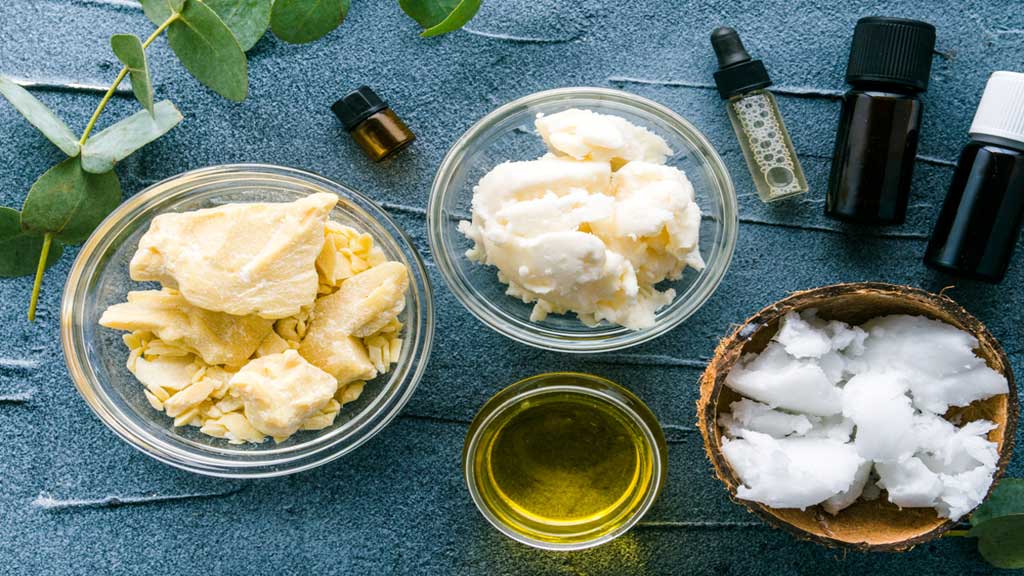Blending components correctly in DIY skincare products is crucial to ensure efficacy, stability, and safety.
Here's a step-by-step guide to proper blending ingredients in skincare formulation. Following these steps carefully will help ensure that your DIY skincare product is effective, stable, and safe for use.
Understand Your Ingredients
- Active Ingredients: Know the concentration and stability of active ingredients, like retinoids, acids, or peptides.
- Base Ingredients: These include oils, butters, water, and emulsifiers that form the bulk of the product.
- Preservatives: Essential to prevent microbial growth, especially in water-based formulations.
- Fragrances and Essential Oils: These should be used sparingly and with care due to potential skin sensitivities.
- pH Adjusters: Ensure the final product has a pH suitable for skin use.
Phase Separation
- Water Phase: Water-based ingredients, like hydrosols, glycerin, and aloe vera, should be heated in a separate container.
- Oil Phase: Oil-based ingredients, such as oils, butters, and emulsifiers, should be heated separately.
- Heat Stability: Only heat ingredients that are stable at higher temperatures; avoid overheating sensitive components.
Heating and Mixing
- Temperature: Both water and oil phases should be heated to a similar temperature (typically around 70-75°C or 158-167°F) to allow proper emulsification.
- Blending Phases: Slowly add the oil phase to the water phase while continuously stirring to form an emulsion. Use a hand blender or a homogenizer for consistent results.
Cooling Phase
- Active Ingredients: Once the emulsion is formed, allow the mixture to cool down to below 40°C (104°F) before adding heat-sensitive ingredients like active compounds, preservatives, and fragrances.
- Continuous Mixing: Stir continuously during cooling to ensure uniform distribution of all components.
pH Adjustment
- Check pH: Test the pH of the final product using pH strips or a pH meter.
- Adjust if Necessary: Use citric acid, sodium hydroxide, or other pH adjusters to bring the product into the desired pH range (typically between 4.5-7 for skincare products).
Preservation
- Add Preservatives: Add the preservative at the recommended concentration, ensuring it's evenly distributed throughout the product.
- Microbial Testing: If possible, conduct microbial testing to ensure the preservative is effective.
Final Blending and Packaging
- Final Mix: Give the formulation one last mix to ensure all components are fully incorporated.
- Packaging: Transfer the product into sterilized containers. If using air-sensitive ingredients, consider packaging in airless pumps or opaque containers.
Stability Testing
- Shelf-Life Testing: Conduct stability testing, including checking for separation, microbial growth, and consistency in different temperature and humidity conditions.
Record Keeping
- Document Everything: Maintain detailed records of formulations, including batch numbers, ingredient sources, and dates of production for quality control and regulatory purposes.
Tips:
- Small Batches: Start with small batches to test your formulation before scaling up.
- Sanitation: Ensure all tools, containers, and work surfaces are thoroughly sanitized to prevent contamination.
- Patch Testing: Always perform patch testing on a small area of skin to ensure the product is safe for use.
